1.1.1 Mars Eclipse, Minecraft Seeds, Emoticons, Coding Tools, Trafficking Sand
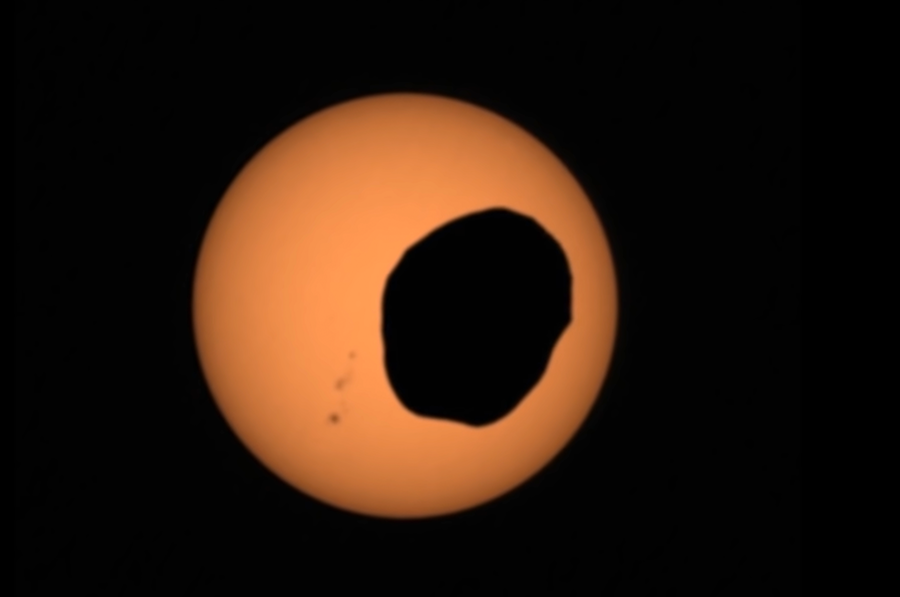
PUBLISHER NOTE: Welcome to our first email newsletter! This newsletter continues the spirit of the kids computing magazine I've published since 2013. Learn more on the About page.
NASA’s Perseverance Rover Captures Video of Solar Eclipse on Mars
If you're not bored hearing about, or over-saturated hearing about, the solar eclipse this week here in the United States, how about Mars?
“NASA’s Perseverance Mars rover has captured dramatic footage of Phobos, Mars’ potato-shaped moon, crossing the face of the Sun. These observations can help scientists better understand the moon’s orbit and how its gravity pulls on the Martian surface, ultimately shaping the Red Planet’s crust and mantle.
Captured with Perseverance’s next-generation Mastcam-Z camera on April 2, 2022, the 397th Martian day, or sol, of the mission, the eclipse lasted a little over 40 seconds – much shorter than a typical solar eclipse involving Earth’s Moon. (Phobos is about 157 times smaller than Earth’s Moon. Mars’ other moon, Deimos, is even smaller.)
The images are the latest in a long history of NASA spacecraft capturing solar eclipses on Mars. Back in 2004, the twin NASA rovers Spirit and Opportunity took the first time-lapse photos of Phobos during a solar eclipse. Curiosity continued the trend with videos shot by its Mastcam camera system.”
The next big US eclipse will be August 23, 2044. I've snuck in a NASA solar eclipse link if you really to need to hear more about Earth eclipses. :-)
https://www.jpl.nasa.gov/news/nasas-perseverance-rover-captures-video-of-solar-eclipse-on-mars
https://www.jpl.nasa.gov/search?query=mars solar eclipse
https://www.jpl.nasa.gov/missions/mars-2020-perseverance-rover
https://science.nasa.gov/eclipses/future-eclipses/eclipse-2024/
Share Your Minecraft World with Friends
Minecraft users love that you can get a random world each time you make a new one. The technology behind this is called terrain generation, a special code that dictates how a Minecraft world is made.
If you make two worlds using the same seed, however, they will have identical terrain. Stuff like mob spawning is done in real-time, so that won’t be the same. However, the terrain algorithm (the bit that depends on the seed you entered) will be the same. When we made a world with the seed ‘A’ in Minecraft 1.20.2, we started on top of a tree in a sprawling jungle. Use the same seed (using a capital A) and see for yourself.
Seeds: Level Generation
https://minecraft.fandom.com/wiki/Seed_(level_generation)
30 Best Minecraft Seeds
https://www.pcgamesn.com/minecraft/30-best-minecraft-seeds
The Best Minecraft Seeds for 2023
https://www.digitaltrends.com/gaming/best-minecraft-seeds/
20 Best Minecraft Survival Seeds
https://beebom.com/best-minecraft-survival-seeds/
What are Minecraft Seeds?
https://www.minecraftseeds.co/what-are-minecraft-seeds/
Insanely rare Minecraft Seeds
https://www.youtube.com/watch?app=desktop&v=ZOuvKWcWoOk
Taking Inventory: Seeds
https://www.minecraft.net/en-us/article/taking-inventory–seeds
10 Best Minecraft Seeds
https://www.ionos.com/digitalguide/server/know-how/minecraft-seeds/
The History of Emoticons
Recently I came across an article with an example of an emoticon printed in a newspaper in the late 1800s. Did the Victorians really beat us to one of the more fun and inane aspects of email and computing? ¯\_(ツ)_/¯
https://kidscodecs.com/history-of-emoticons/
Resources: CodeGuppy & Mini Micro
Want to learn a little about coding AND have fun? These are two excellent options. CodeGuppy has a lot of projects that you can tweak. Mini Micro is a great for creating simple games.
CodeGuppy
This is a free coding platform designed for kids and beginners. It can be used in classrooms, clubs, and at home. The website includes a large curriculum with lessons and projects, including graphics and creating games. Plus the code is easy to understand and tweak which helps kids learn how coding works through trial and error.
Mini Micro/MiniScript
This programming language was created by one of our writers, Joe Strout, as a fun extensible way for kids to learn programming by coding games. MiniScript is supported by a Discord community with lots of documentation. We've written up a number of tutorials on the magazine site and made them open to the public.
https://kidscodecs.com/sections/mini-micro-virtual-machine/
Trafficking Sand
"Very few people are looking closely at the illegal sand system or calling for changes, however, because sand is a mundane resource. Yet sand mining is the world's largest extraction industry because sand is a main ingredient in concrete, and the global construction industry has been soaring for decades. Every year the world uses up to 50 billion metric tons of sand, according to a United Nations Environment Program report. The only natural resource more widely consumed is water. A 2022 study by researchers at the University of Amsterdam concluded that we are dredging river sand at rates that far outstrip nature's ability to replace it, so much so that the world could run out of construction-grade sand by 2050. The U.N. report confirms that sand mining at current rates is unsustainable.
The greatest demand comes from China, which used more cement in three years (6.6 gigatons from 2011 through 2013) than the U.S. used in the entire 20th century (4.5 gigatons), notes Vince Beiser, author of The World in a Grain. Most sand gets used in the country where it is mined, but with some national supplies dwindling, imports reached $1.9 billion in 2018, according to Harvard's Atlas of Economic Complexity."
This article also got me thinking about and exploring how sand is used in computing. Turns out computer chips use a special kind of sand, silica. But both are very interesting and obscure topics in STEM. And we also published a couple interesting articles about concrete too.
Inside the Crime Rings Trafficking Sand
https://www.scientificamerican.com/article/sand-mafias-are-plundering-the-earth/
Are Computer Chips Made Out of Sand?
https://scienceillustrated.com.au/blog/technology/ask-us-are-computer-chips-made-out-of-sand/
Silicon Processors - From Sand to Your PC
https://www.waferworld.com/post/silicon-processors-from-sand-to-your-pc
The Ultra-Pure, Super-Secret Sand that Makes Your Phone Possible
https://www.wired.com/story/book-excerpt-science-of-ultra-pure-silicon/
Anyone for a Concrete Latte?
https://kidscodecs.com/concrete-coffee-grounds/
A Menagerie of Masonry Mix-Ins
https://kidscodecs.com/a-menagerie-of-masonry-mix-ins/
This Week
Our Sunday issue this week is for paid subscribers. It will have fun often offbeat links about babies helping train AI, ancient plagues, and the interesting difference between Blue Sky and Mastodon social media services that will impact traditional services like Facebook.
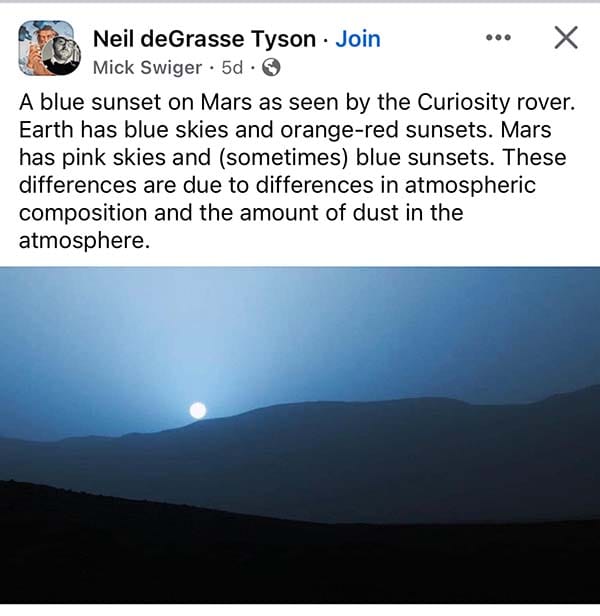
If these links are interesting and useful, can you help us by forwarding this email to anyone you know who also might find our content valuable?
Want to help us provide more content that interests you? We also have a short survey asking questions about what our readers want to see here.


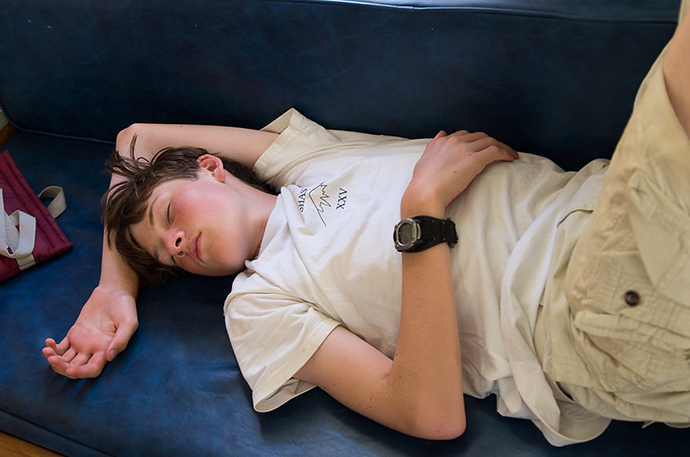
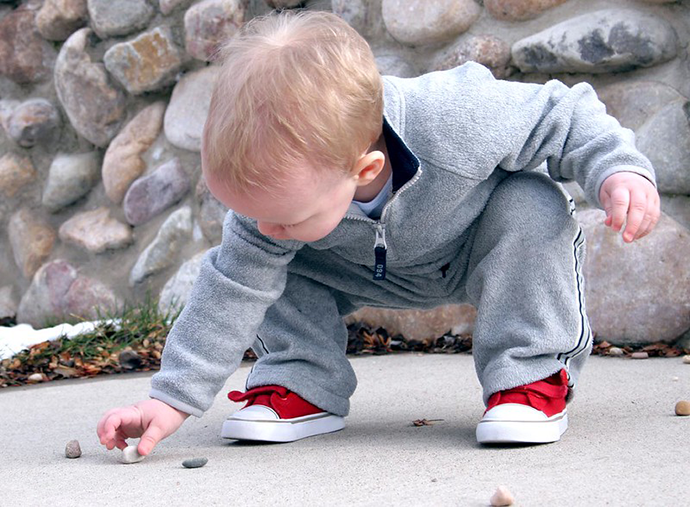
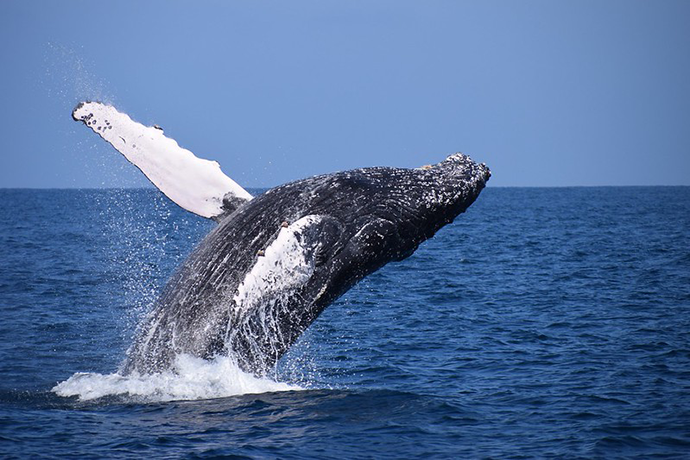
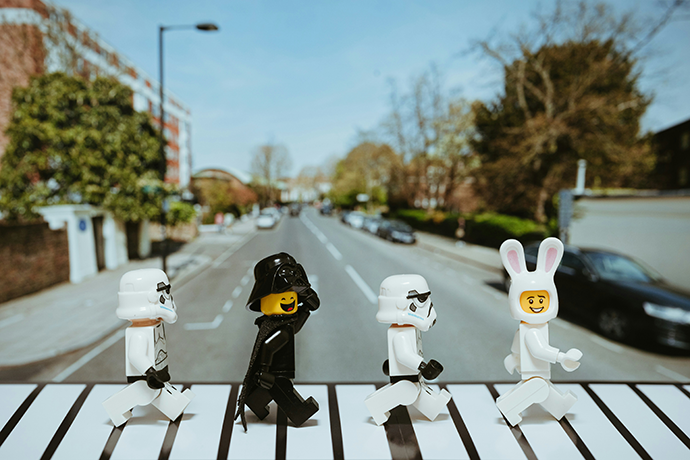
Member discussion